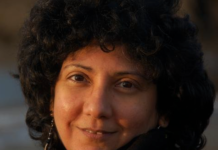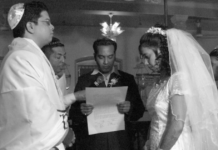The West Indian Bene Israel Jewish group is a unique people whose history before the 18th century is mostly unknown. Members of Bene Israel consider themselves to be Jewish descendants, however, the identity of Jewish forebears and their arrival dates in India is uncertain, with estimates ranging from the 8th century BCE to the 6th century CE. By gathering and genotyping 18 Bene Israel individuals, we can characterize the genetic history of the people of Bene Israel. We used 486 individuals from 41 other Jewish, Indian, and Pakistani populations, as well as additional individuals from around the world, to conduct genome-wide analyses using FST, principal component analysis, ADMIXTURE, identity-by-descent sharing, admixture linkage disequilibrium decay, haplotype sharing, and allele sharing autocorrelation decay. Individuals from Bene Israel have genetics that is similar to those of local Indian communities, but they are a distinct and distinct population in India. They are the only Indian and Pakistani populations we studied that had significant genetic ancestry with other Jewish groups. When all of the findings are combined, Bene Israel appears to be an admixed community with Jewish and Indian origins, with significant genetic contributions from both of these ancestral communities. The mixing happened around 19–33 generations ago, in the previous millennium. It was sex-biased, with more male Jewish and local female participation. It involved Middle-Eastern Jews and was sex-biased. It was followed by a population bottleneck and significant endogamy, which could lead to an increase in recessive disease prevalence in this population. This research demonstrates how genetic analysis can help us learn more about human history when other fields lack the necessary data.
Source: https://journals.plos.org/plosone/article?id=10.1371/journal.pone.0152056





